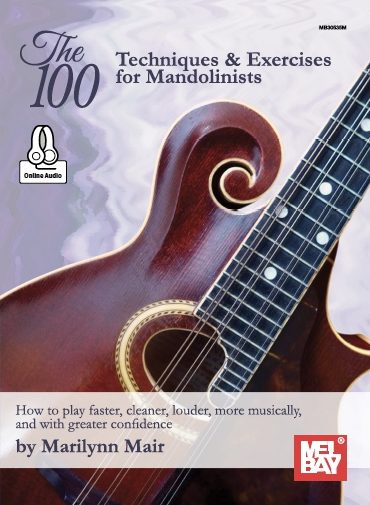This article was originally published in Mandolin Magazine, Fall 2005.
Download a pdf of the music that accompanies this article: BeethovenSonatina
We continue our survey of musical style in this issue with a look at the Classical Era. The period from 1750 to 1825 featured the flowering of symphonic music, centered in Vienna and highlighted by the works of Haydn, Mozart, and Beethoven. Music in the Classical Era sought to escape the complexity of the late Baroque by focusing on folk-like melodies, simple harmonies, and unifying formal structures that featured balance, clarity, contrast, and symmetry. Music was mainly homophonic, written with a transparent texture that placed a simple melody over a consonant accompaniment.
This differed greatly from the complicated interwoven lines of the polyphonic texture of the Baroque Era, and created a style of great popularity, both in its period and today. For the first time in music history instrumental pieces surpassed vocal styles in importance, and composers moved up in status from servants in royal households to independent artists. There is an optimism to Classical-Era music that, influenced by the enlightened monarchy of Vienna, combines an appreciation for national folk styles with an aristocratic gentility, and reflects a stability that would soon be lost in the revolutionary period of the early 19th century.
The mandolin was a popular instrument in Classical-Era Vienna, and a favorite of the upper classes. Beethoven and Mozart both wrote for mandolin-playing patrons and friends, a fact we, as mandolinists, can be ever grateful for. This issue features Beethoven’s “Sonatina in C Major,” a piece for mandolin accompanied by harpsichord. Beethoven wrote this work as a young man newly arrived in Vienna, using a popular form of the day, the Rondo. A Rondo alternates a recurring theme with other contrasting themes in a form that is usually diagrammed A-B-A-C-A. The first 18 bars of the “Sonatina in C Major” give us its rondo theme, which is repeated twice, in the middle and at the end of the piece. Measures #19-45 are the B section (the first contrasting theme), and measures #64-88 (which includes a repeat) make up the C section (second contrasting theme). The piece ends with a Coda — a “big ending” frequently used in instrumental music of the period — that begins in measure #107, following the last repeat of the rondo theme.
The “Sonatina” features the balance and symmetry favored in classical music, and its cheerful melody shows definite folk roots. I’ve written it out in “lead-sheet” form here, short-handing the accompaniment with chord symbols rather than including the original harpsichord music. This piece is frequently referred to as “Beethoven’s best fiddle tune,” so I wanted to open it up to players who might enjoy performing it but don’t have a note-reading pianist handy. The original accompaniment is quite straight-forward, so this isn’t a big a departure as it might seem at first. The chords can be played by a good guitarist, and I’d advise you to listen to a recording of the piece in its original version to help realize the chord symbols appropriately. I’ve filled in the melody in a couple of measures where the mandolin doesn’t play, using notes from the right-hand part of the harpsichord, and I’ve noted this on the music.
If you do want the original keyboard parts as written by Beethoven, there are good editions of his four existing mandolin works published. As mandolinists we should celebrate the fact that one of the greatest composers of all times wrote music for us. Why not reach back a couple of hundred years and add this piece to your repertoire, whatever style you play, as a tribute to the long and vital history of our favorite instrument.
Go back to mandolin articles page




